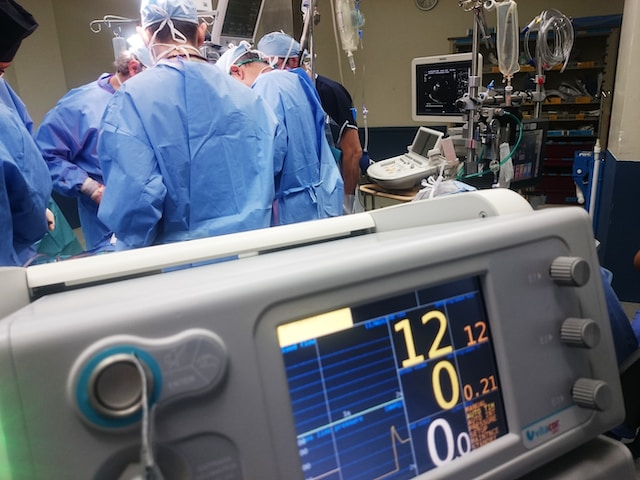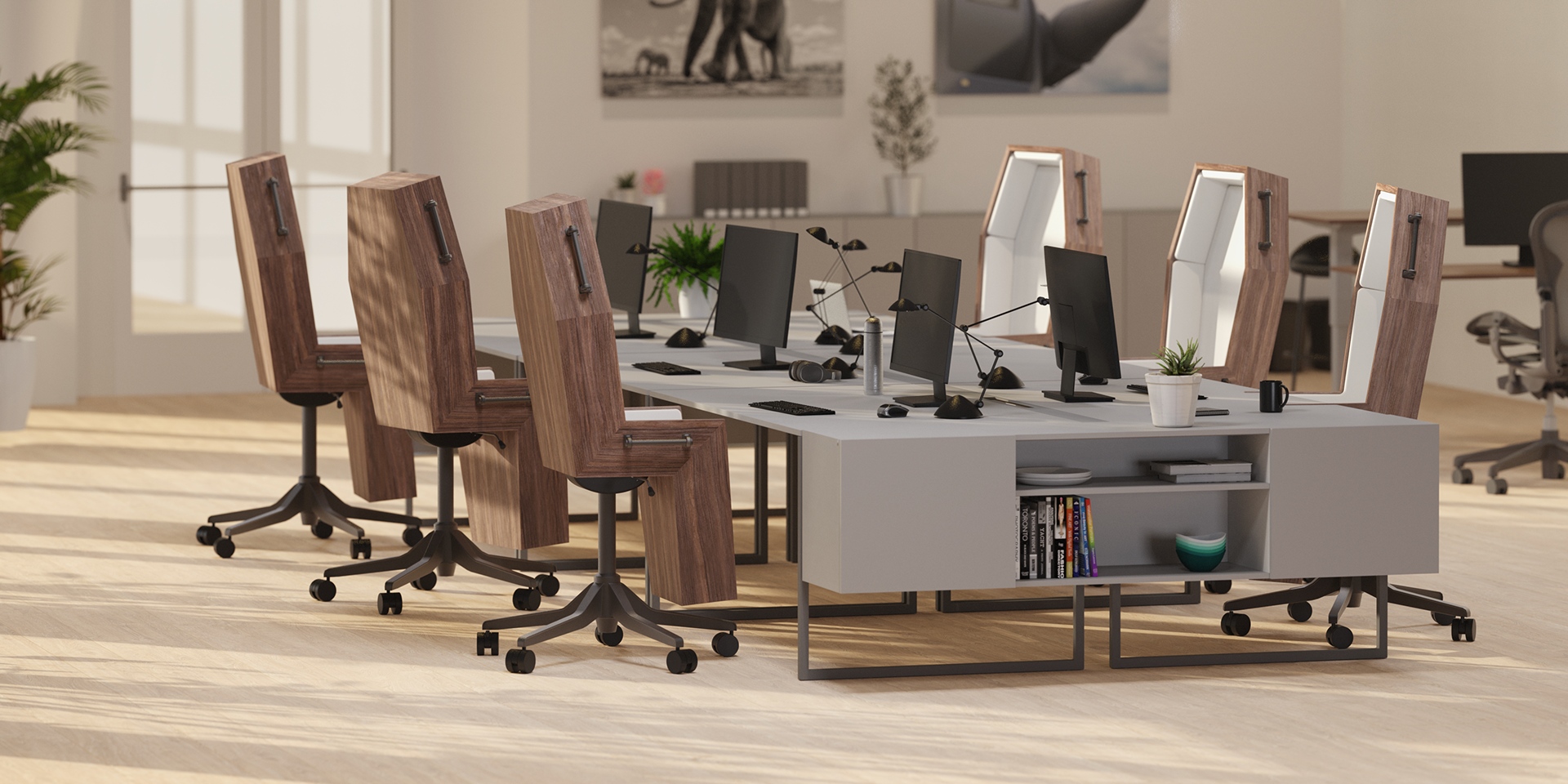The FIFA World Cup is arguably the biggest sporting event in the world as fans from 32 countries root on their teams in their quest to be named champions of the world. FIFA is known for using new, state-of-the-art soccer balls and it is no different this year with the selection of “the Brazuca” for Brazil’s 2014 World Cup.
In the 2010 World Cup, many players complained about the aerodynamics of the Jabulani ball, which seemed to curve, knuckle, dip, and die in the air like no ball ever had before. To correct this issue, Adidas produced the most round ball it has ever made in the Brazuca, featuring six identical locking patterns compared to eight panels which weren’t identical on the Jabulani.
The entire ball is covered with a micro-texture consisting of 50,000 raised bumps, which along with the identical panels aim to stabilize the ball during flight and create a more predictable trajectory for the Brazuca than the problematic Jabulani ball in 2010. Forget stitching, as the Brazuca is held together by thermal bonding to limit water absorption when games are played in the tropical regions of Brazil. The .1 mm raised bumps of the micro-texture acts as a drainage system for rain on the surface of the ball.
Incredibly, the faulty Jabulani topped nearly $1 billion in sales and the Brazuca is poised to surpass these numbers. You can pick up the new World Cup ball for $160.






